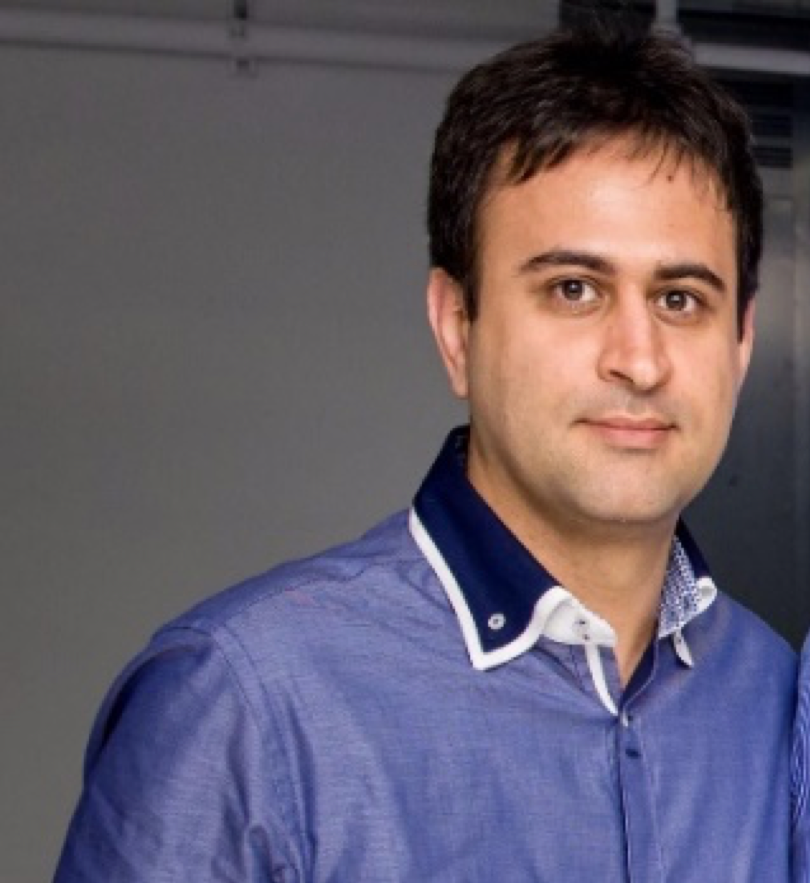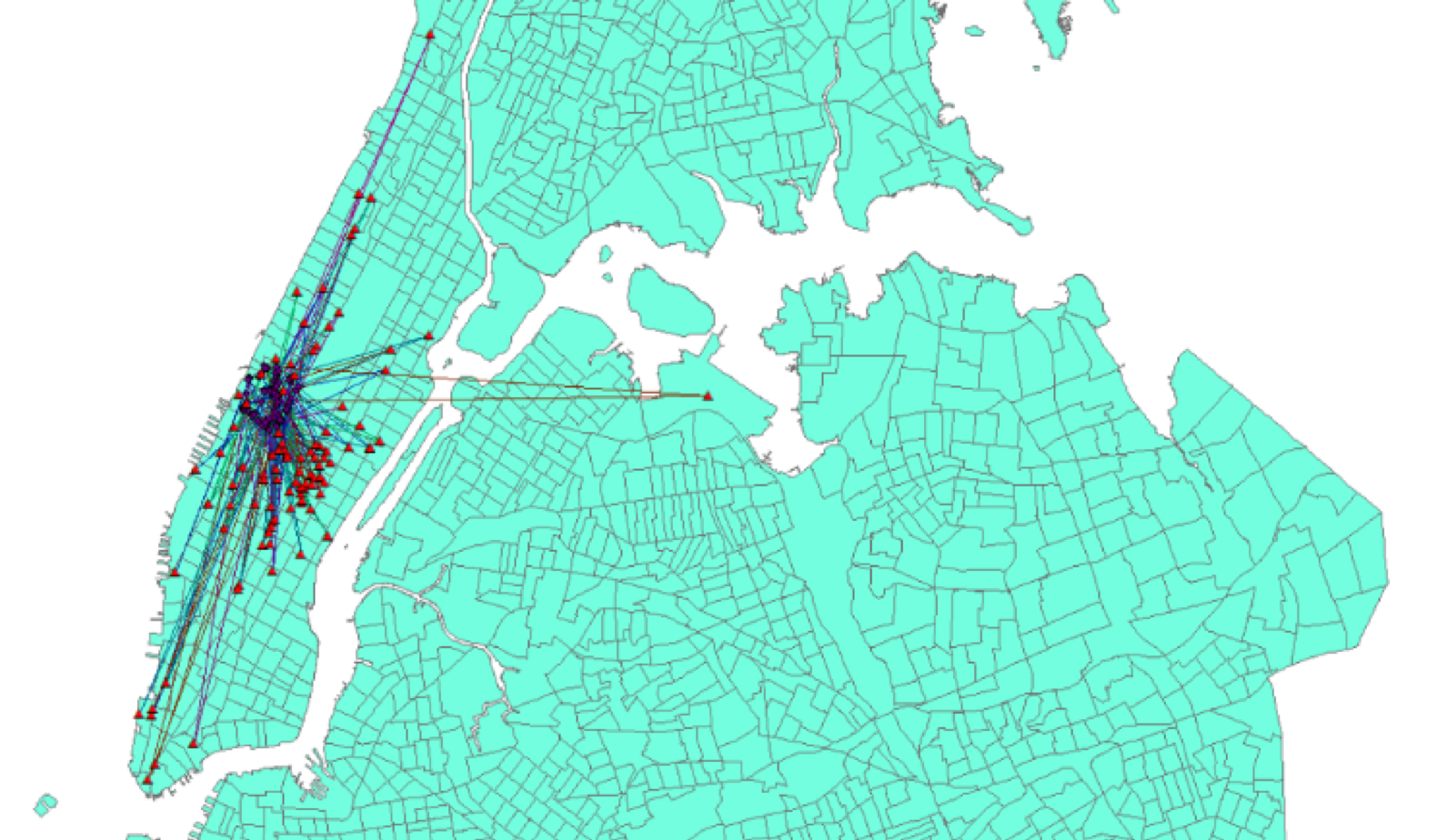
Professor H. Oliver Gao

Dr. Hamid R. Sayarshad
“A scalable non-myopic dynamic dial-a-ride and pricing problem for competitive on-demand mobility systems”
Post-doctoral Associate Hamid R. Sayarshad and Professor H. Oliver Gao’s study reveals novel potential of competitive on-demand service systems in a paper recently published in the Journal of Transportation Research Part C: Emerging Technologies. Uber and Airbnb are among the world’s leading businesses in transportation and hospitality, respectively. While many municipalities and regions have blocked these new forms of commerce, others have accepted change as inevitable and have been eager to provide new efficiencies for consumers. Their study has the potential to address several issues on shared-use mobility system. For instance, why is the traditional taxicab dispatch system unable to compete with or rival the new forms of commerce, and does the sharing economy really provide benefits? Their novel approach presents a non-myopic dynamic dial-a-ride and pricing approach using a multi-server queue under infinite-horizon look-ahead which is able to estimate opportunity costs and future profits in relation to price and service quality.

“Sustainable, smart, on-demand mobility system in Manhattan, NY”
Their on-demand mobility framework provides not only direct competition for traditional taxi services but also opportunities to revolutionize conventional transit services that are plagued by high costs and low ridership, particularly in poor communities, rural areas, or sprawling suburbs. Their research focused on a competitive on-demand mobility system with a new framework pricing policy under infinite-horizon look-ahead. One key aspect of their smart on-demand transit approach is social efficiency, in terms of both the level of service and the computational effort needed to operate it. Such a system should be able to incorporate high-speed-communication technologies in order to calculate opportunity costs, so that social benefits can be divided between customers and providers—a prospect which has been ignored in traditional transit systems.
Reference:
Sayarshad, H.R., Gao, H., 2018. A scalable non-myopic dynamic dial-a-ride and pricing problem for competitive on-demand mobility systems, Transportation Research Part C: Emerging Technologies, June 2018, Pages 192–208. https://www.sciencedirect.com/science/article/pii/S0968090X18304637